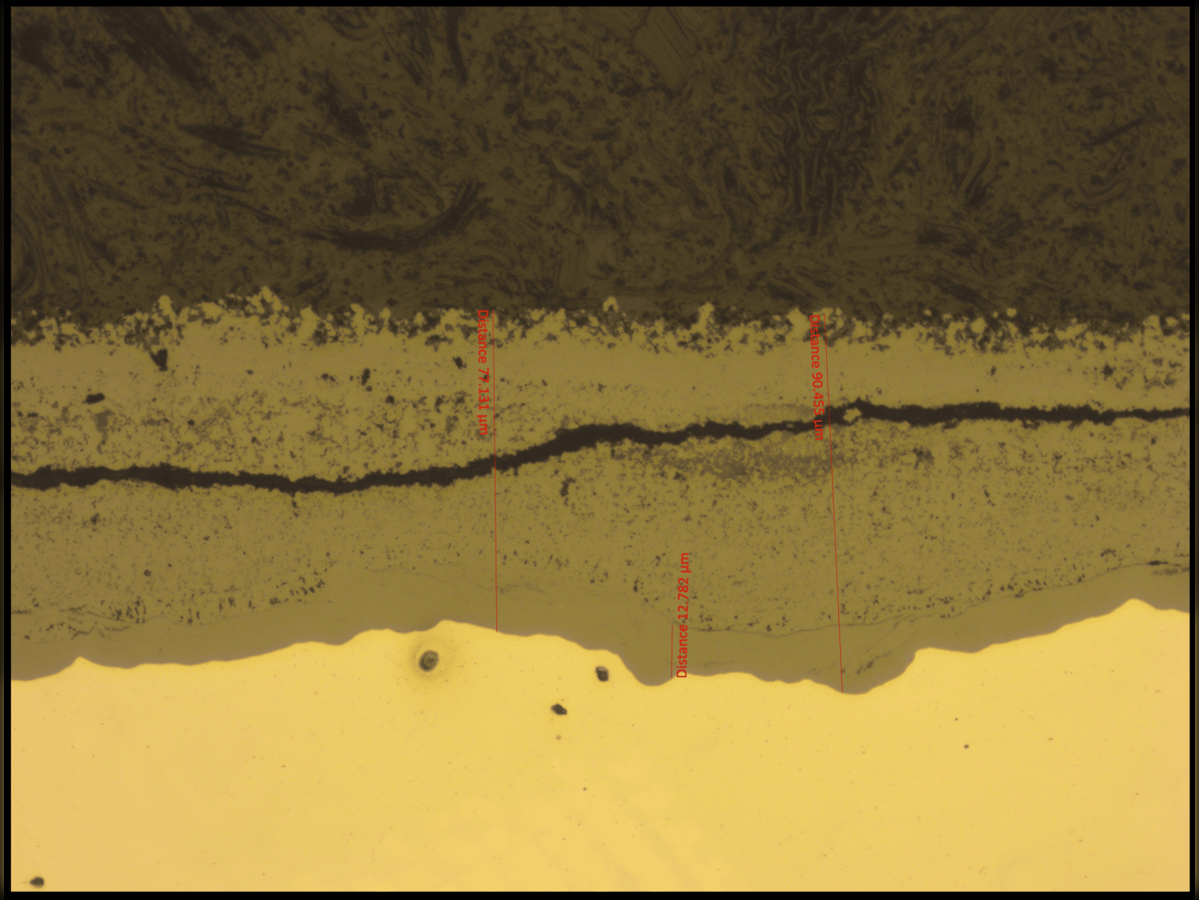Published in Nature Partner Journals (NPJ) Materials Degradation, the study describes a novel machine learning algorithm that can analyse microscope images of corroded metal surfaces to estimate corrosion severity, without requiring human input, IISc said in a statement.
“Corrosion poses significant economic and safety challenges in industries like power generation and oil/gas,” said Phaneendra K Yalavarthy, Professor at the Department of Computational and Data Sciences (CDS), IISc, and senior author of the study.
“[It] silently compromises the integrity of these systems, putting lives and livelihoods at risk and burdening society with escalating maintenance costs,” added co-author Ashwin RajKumar, former postdoctoral researcher at CDS.
The AI-based technique focuses on two critical indicators of corrosion: the thickness of corrosive deposits on the surface of metals and the porosity (number of tiny holes) within those deposits. When microscopy images of metal surfaces are fed to the algorithm, it can quantify these two characteristics and infer key features that indicate how much corrosion has taken place. These features include the concentration of corrosive chemicals and the acidity of the environment beneath the deposits.
“As the rust-like deposits get thicker, there’s more chloride present, and the surface becomes more acidic,” Yalavarthy added. “We identified specific pH levels that indicate when corrosion is worsening. For example, when the pH drops below 2.8-3, it means that the corrosion has reached a very severe stage.”
The researchers tested their method by checking the under-deposit corrosion (UDC) of steam generator tubes, a particularly challenging and prevalent form of corrosion in industrial boilers and other high-temperature environments. “[The algorithm] is quite accurate, getting it right about 73% of the time,” Yalavarthy said. “[It] is faster and more consistent than having people manually examine optical microscopy images to determine the severity of corrosion.”
While the approach may be adapted to a variety of corrosion product morphologies, it would need to be tailored to each specific case, since morphological features differ across corrosion mechanisms, the researchers cautioned. “The next critical step is to validate the algorithm on much larger and more diverse datasets, capturing the full spectrum of deposit morphologies and operating conditions encountered in industrial practice,” RajKumar said.
Such a technique is promising for industrial maintenance and operations, as it can enable quantitative, data-driven corrosion assessment across facilities and sectors. Integrating it with digital monitoring systems can further contribute towards industrial digitalisation, offering meaningful benefits in safety, operational efficiency, and materials science research.
